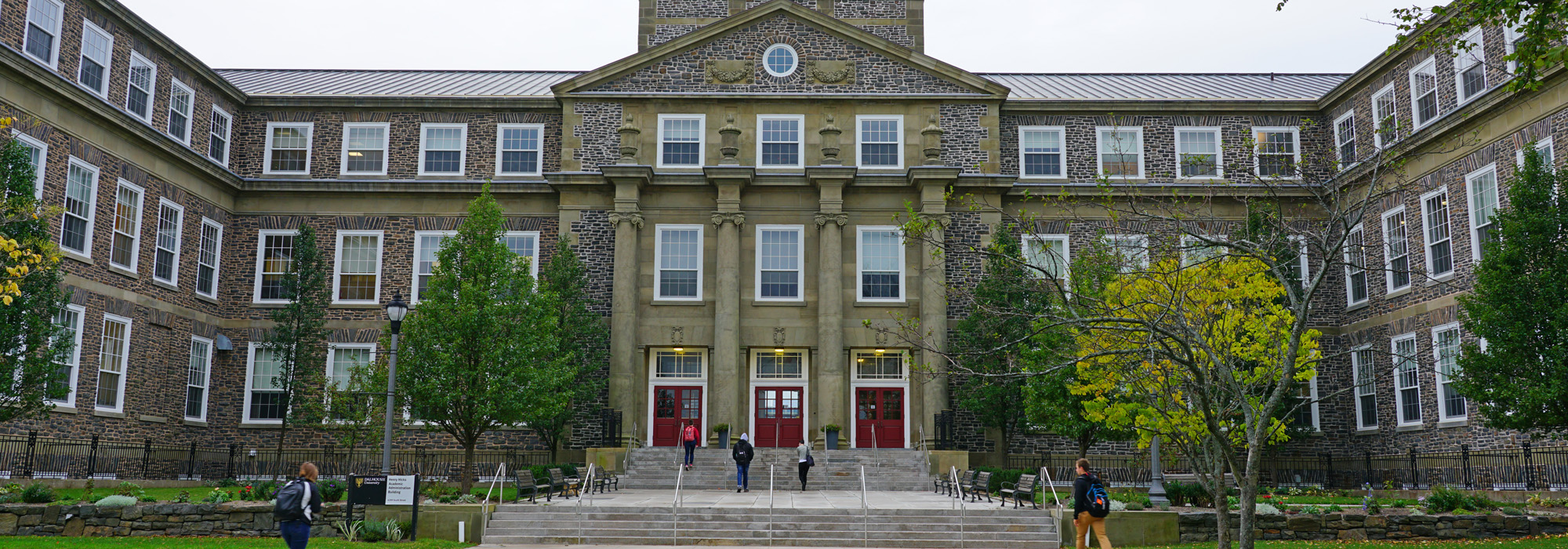
Like colleagues across the higher education sector, I spent a hectic 72 hours in mid-March, transitioning a well-honed teaching plan based on in-person interactions into the largely uncharted territory of the online learning format. With three days to get ready for the resumption of classes online, there was little time to weigh pedagogical options for ensuring that my students acquired disciplinary knowledge, developed associated skills and demonstrated the successful achievement of both. As the university sought to adjust, decisions on final examinations, assignment deadlines and course withdrawal dates were announced, catching staff and students unprepared. In the weeks since, the university has opted to extend these crisis-response measures over the summer semester and perhaps into the autumn semester.
Colleges and universities are probably some weeks away from feeling the immediate impact of COVID-19 on their activities. This is principally because institutions are still operating within their current budgets and operational plans, and colleges and universities are not usually operating at full capacity in the summer semester anyway. However, dark clouds are already gathering on the horizon.
Although some things could have been done better overall, the administrators, staff and students of Canada’s colleges and universities met the initial challenge admirably. But now it is time to look to the future: how will higher education exit from the COVID-19 crisis? Instead of the hurried improvisation that was necessary this spring, we should consider the coming challenges carefully and consult widely on how to meet them.
The lessons of 2008
COVID-19’s disruptive impacts are rippling through the economy, society and, inevitably, politics. The vast sums of largely borrowed cash that governments are spending on health care and to backstop the economy will need to be repaid. The 2008 financial crisis, though far less severe than today’s, provides a useful analogue to estimate COVID-19’s impact on universities and colleges into the future.
In Canada and globally, the 2008 crisis contributed to a flattening or decline in public spending on colleges and universities. The data show a repeating pattern: the education sector as a whole, and postsecondary education in particular, is a ready target of government austerity measures every time there is an economic downturn.
Thus, with the notable exception of Quebec, governments and institutions resorted to tuition fee hikes (although with caps) to compensate for cuts in public dollars, leading to significant increases in student debt loads. Canadian colleges and universities, spurred on by the federal and provincial governments, also entered the global market for international students. In 2018, over 500,000 international students were contributing over $6 billion in tuition fee revenues.
Another measure of adaptation to cutbacks was to increase average class sizes, seeking an economy of scale by moving students into larger and larger auditoriums for undergraduate courses. As any instructor in higher education can attest, huge class sizes have had real consequences for the quality of undergraduate education despite our best efforts.
Finally, colleges and universities have compensated for funding restrictions by increasing the percentage of their contract teaching staff — a more easily compressible workforce than full-time tenured staff. But these teachers are often less accessible to students and less invested in the life of campus outside of class. In those large undergraduate classrooms, there is a better than average chance that the instructor at the lectern is a member of contract staff.
Thinking about the future
Coming out of the COVID-19 crisis with depleted budgetary capacity, colleges and universities should expect governments to impose fiscal austerity measures upon them once again. In fact, moves in this direction have already started. For example, University Affairs reports that the Manitoba and Alberta governments have tasked institutions with developing scenarios for cuts of up to 30 percent, and some universities are already making non-academic staff redundant for the near term. Other provinces will undoubtedly follow. Apparently no institution, not even the world’s elite institutions, is likely to escape retrenchment.
However, while cutbacks are inevitable across society, there are critical policy questions to be asked about the nature of these reductions and their impacts on students, staff and educational institutions. This is not the time for centrally decided fixed-percentage cutbacks that apply sector-wide. We know what one-size-fits-all austerity means: bigger class sizes, fewer staff, higher tuition and increased student debt, among other impacts. Moreover, it is unlikely that Canada’s colleges and universities will be able to offset government austerity with revenues from international students, as they did after the 2008 crisis.
Governments should resist the temptation to fix their budget deficits too quickly on the back of higher education. Rather, the year or so it will take to undo the COVID-19 measures should be used for the broad-based dialogue about higher education that we have failed to have in Canada up to now. It should address critical matters such as the funding formula for postsecondary education, including the reliance on foreign students’ fees; the alignment of curriculum to changing labour market requirements; and how to position the sector for innovation and economic growth. Actors from across the economy and society — governments at all levels, employers, teachers and researchers, students, institutions and their representative associations, and others — should be engaged in this conversation to develop a well-coordinated plan for the future.
At the same time, existing challenges such as changing demography, globalization and climate change have not gone away, and these remain high on the public policy agenda. The higher education sector is uniquely placed to contribute to finding solutions for these challenges. But it cannot do its best if it is thrown into competition with other sectors for resources and policy-makers’ attention.
We could have all done without the public health crisis brought about by the coronavirus, but perhaps thinking strategically about higher education’s future could be one of its positive outcomes.
This article is part of the The Coronavirus Pandemic: Canada’s Response special feature.
Photo: Dalhousie University, in Halifax, Nova Scotia. Shutterstock, by EQRoy









